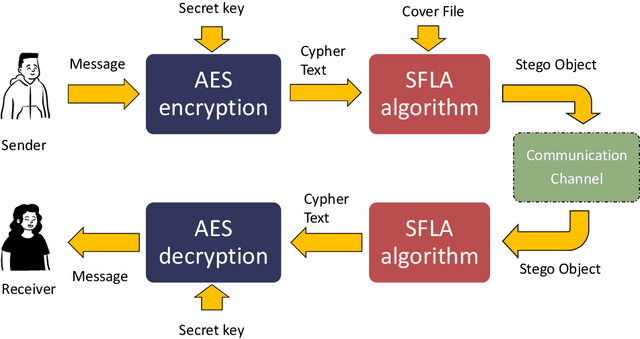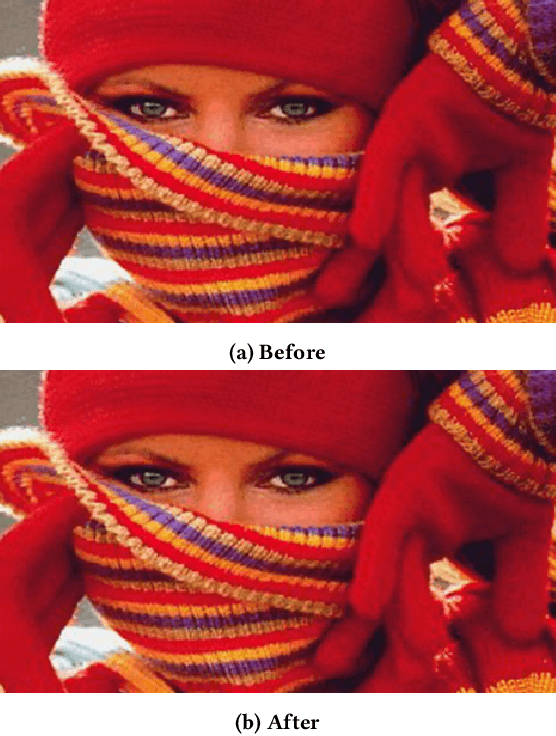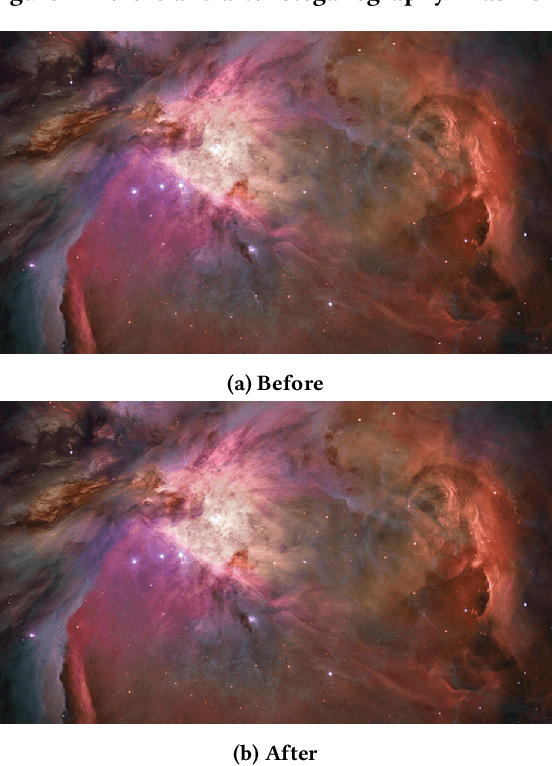EmbAu: A Novel Technique to Embed Audio Data Using Shuffled Frog Leaping Algorithm
Paper and Code
Dec 13, 2023



The aim of steganographic algorithms is to identify the appropriate pixel positions in the host or cover image, where bits of sensitive information can be concealed for data encryption. Work is being done to improve the capacity to integrate sensitive information and to maintain the visual appearance of the steganographic image. Consequently, steganography is a challenging research area. In our currently proposed image steganographic technique, we used the Shuffled Frog Leaping Algorithm (SFLA) to determine the order of pixels by which sensitive information can be placed in the cover image. To achieve greater embedding capacity, pixels from the spatial domain of the cover image are carefully chosen and used for placing the sensitive data. Bolstered via image steganography, the final image after embedding is resistant to steganalytic attacks. The SFLA algorithm serves in the optimal pixels selection of any colored (RGB) cover image for secret bit embedding. Using the fitness function, the SFLA benefits by reaching a minimum cost value in an acceptable amount of time. The pixels for embedding are meticulously chosen to minimize the host image's distortion upon embedding. Moreover, an effort has been taken to make the detection of embedded data in the steganographic image a formidable challenge. Due to the enormous need for audio data encryption in the current world, we feel that our suggested method has significant potential in real-world applications. In this paper, we propose and compare our strategy to existing steganographic methods.
 Add to Chrome
Add to Chrome Add to Firefox
Add to Firefox Add to Edge
Add to Edge